SUMMARY
This is AI generated summarization, which may have errors. For context, always refer to the full article.
![[Newsstand] Isko Moreno’s path to victory](https://www.rappler.com/tachyon/2021/10/TL-Isko-Moreno-presidency-October-19-2021.jpg)
In 2016, Isko Moreno ran for the Senate, as a candidate of Joseph Estrada’s Partido ng Masang Pilipino that was allied with Senator Grace Poe’s Senate slate, called Partido Galing at Puso. He won 11.1 million votes and placed 16th – some 3 million votes behind Leila de Lima, who won the 12th and last Senate seat.
His was a viable candidacy; he was popular, campaigned like a seasoned local politician, and according to official Commission on Elections records, received the most among senatorial candidates in campaign donations. His total of P171 million was about P12 million more than those received by Joel Villanueva and Sherwin Gatchalian, and about P40 million more than the P132 million in campaign funds donated to Francis Tolentino. (READ: Tolentino spent most, Isko Moreno got biggest contributions)
But Villanueva and Gatchalian won; Moreno lost. (In an earlier version of this column, I wrote that Tolentino won. As a kind reader (@landscapeofalex) pointed out, I made a mistake. He did NOT win in 2016, landing in 13th place with 12.8M votes. He did win in 2019, his 15.5M votes putting him in 9th place. My apologies for the error, which is entirely mine.)
Many factors must have contributed to his loss. He has hinted at unfulfilled or betrayed expectations from allies, saying in a GMA interview that his Senate race taught him “to be careful with trusting people.”
A look at his vote totals in his first campaign for national office shows that, while he received solid support in parts of the country, especially in Luzon, he never had a bailiwick.
No bailiwick
The Tondo-boy-made-good performed best in Manila, but even his best landed him only in sixth place – behind Dick Gordon, Ping Lacson, Tito Sotto, Villanueva, and Gatchalian. He placed sixth in Malabon, seventh in Navotas, 11th in Pateros, 12th in San Juan – some of the smallest parts of Metro Manila. In the largest cities of the National Capital Region, except Manila, he placed outside the winner’s circle: 14 in Valenzuela, 16 in Caloocan, 16 in Quezon City.
He did well enough in parts of Luzon: In Pangasinan, which Poe won resoundingly, Moreno placed 11th; in Nueva Ecija, which Poe also won, he placed 11th too; in Batangas, which Rodrigo Duterte won by a squeaker over Poe, he placed 10th.
In some parts, he did better than the leader of his ticket. In Ilocos Norte, the redoubt of the Marcoses which Duterte won handily, Poe was a distant third among presidential candidates, but Moreno placed 12th, just inside the winner’s circle.
In other parts, his principal’s coattails were not long enough to carry him over the threshold. In Ilocos Sur, which Poe won by a few thousand votes over Duterte, he placed 14th.
His vote totals show that he did not have a city or a province which would reliably support him above all other candidates – like Tagaytay for Tolentino, Valenzuela for Gatchalian, or Bulacan for Villanueva. (To be sure, Villanueva ended up second to Tito Sotto in his home province, but the margin was only by a few dozen votes.)
Strengths, weaknesses
The three Pulse Asia surveys of 2021, which show that Moreno is a leading candidate for president in 2022, reflect the strengths and weaknesses of Moreno’s Senate candidacy in 2016.
In the September survey, Moreno enjoyed strong support in Metro Manila and in the rest of Luzon [Balance Luzon in survey-speak]. Balance Luzon and Metro Manila together account for about 56% of all voters.
In the National Capital Region, a fifth of respondents (19) said they would vote for him; the figure is second to Bongbong Marcos’ 28 and higher than Sara Duterte’s 12. In Balance Luzon, 15 percent said they would choose him, again second to Marcos (20) and almost twice the support for Duterte (8).
This finding, which has remained consistent through the three surveys conducted in February, June, and September, may reflect residual goodwill built during his 2019 run.
But his Senate candidacy also showed that he was weak in Mindanao, which accounts for about 23% of all voters. In Davao City, he placed 14th; in Cagayan de Oro, 15th; in Zamboanga City, 16th. He was 17th in Bukidnon and South Cotabato, 18th in Misamis Occidental and Agusan del Norte. He was 19th in Sultan Kudarat, 20th in Zamboanga del Norte, 21st in Maguindanao, 22nd in Lanao del Sur.
Five years after he ran for the Senate, two years after his remarkable victory over Estrada in the 2019 election for mayor of Manila raised his media profile significantly, Moreno continues to poll badly in Mindanao.
In the February survey, only one percent of Mindanao-based respondents said they would vote for him if the presidential elections were held then; in June, his support level rose to 6% , but in September dropped back to 3%. One of the most crucial questions to ask of the Moreno campaign, then, is: Can he become president “without” Mindanao?
Visayas vote
One of the most important answers to that question might well be: It depends on how well he does in the Visayas, which accounts for about 21 percent of all voters.
Moreno is polling well in the Visayas at this stage; his level of support in the area has consolidated, from 12% in February to 15% in both the June and September surveys.
Considering his Senate candidacy, Moreno’s robust showing in the Visayas is surprising. He placed 15th in Cebu City and 17th in Cebu province, together the most vote-rich area in the entire country. In Tacloban, he landed at 14th; his vote total was only about a fifth of that of the hometown favorite who won the Senate race in the city, Martin Romualdez. He placed 13th in Iloilo City and 14th in Iloilo province; 15th in Oriental Mindoro, 16th in Aklan, 17th in Capiz and Leyte, 18th in Bohol and Occidental Mindoro.
And yet today he is doing well in the Visayas. He is still third, behind Manny Pacquiao and Duterte, who have contrasting fortunes. Pacquiao’s election preference numbers in the Visayas have risen from 15 in February and 14 in June to 21 in September. Duterte’s support has seesawed, from 21 in February to 30 in June to 23 in September. (Despite his mother’s Tacloban roots, Marcos’s level of support in the Visayas is low: 4 in February, 6 in June, 5 in September.)
But Moreno is in a better-than-expected position in the Visayas. His campaign must be watching key Visayas indicators closely, such as political alignments in the local races and signals of support from major campaign donors. I understand his quick “time and motion” visit to Bacolod and Cebu (and Angeles City) on October 9 in this campaign context. While consolidating his support in both Metro Manila and in the central provinces of Luzon, he must be focused on raising his profile, and his prospects, in the Visayas. – Rappler.com
Veteran journalist John Nery is a columnist and editorial consultant of Rappler.
Add a comment
How does this make you feel?
![[Newspoint] Improbable vote](https://www.rappler.com/tachyon/2023/03/Newspoint-improbable-vote-March-24-2023.jpg?resize=257%2C257&crop=339px%2C0px%2C720px%2C720px)
![[Newspoint] 19 million reasons](https://www.rappler.com/tachyon/2022/12/Newspoint-19-million-reasons-December-31-2022.jpg?resize=257%2C257&crop=181px%2C0px%2C900px%2C900px)
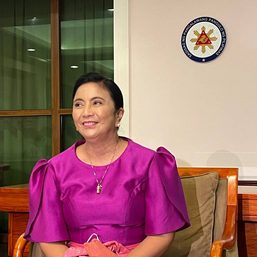
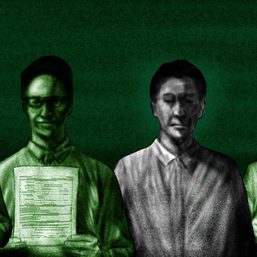
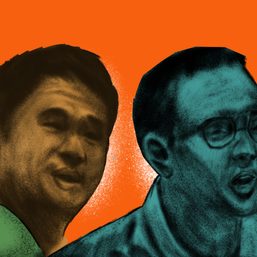
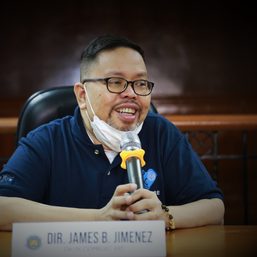
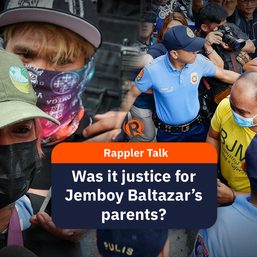
![[New School] Tama na kayo](https://www.rappler.com/tachyon/2024/02/new-school-tama-na-kayo-feb-6-2024.jpg?resize=257%2C257&crop=290px%2C0px%2C720px%2C720px)
![[Only IN Hollywood] After a thousand cuts, and so it begins for Ramona Diaz and Maria Ressa](https://www.rappler.com/tachyon/2024/02/Leni-18.jpg?resize=257%2C257&crop=262px%2C0px%2C720px%2C720px)
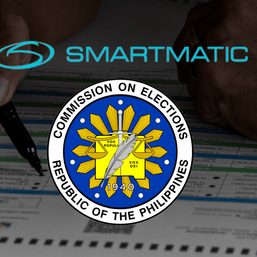


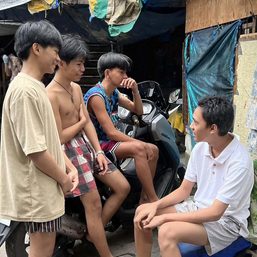
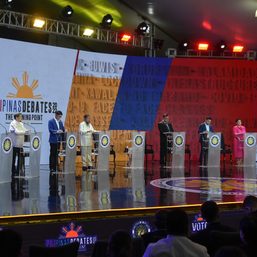
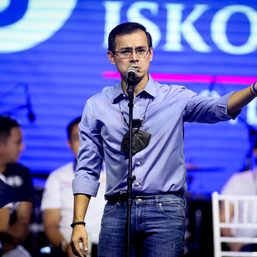
There are no comments yet. Add your comment to start the conversation.